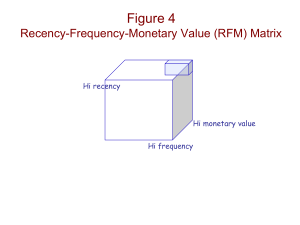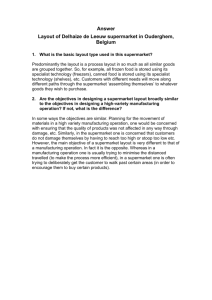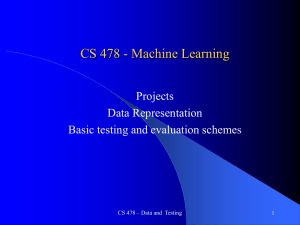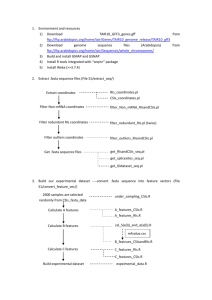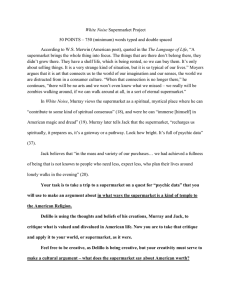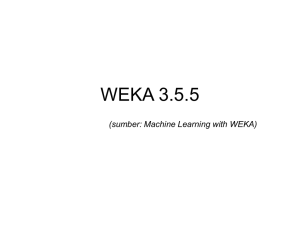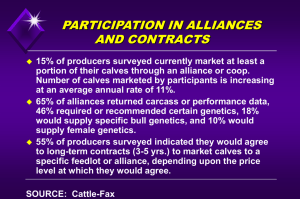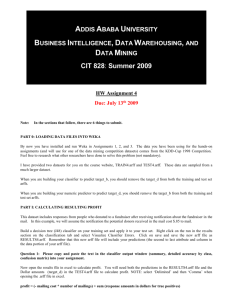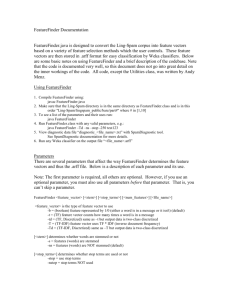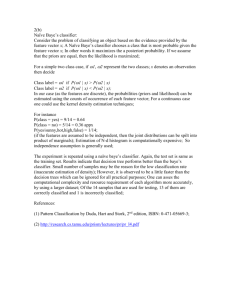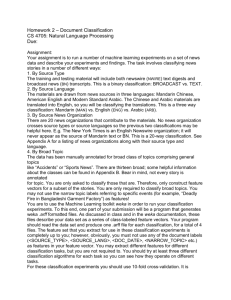Lecture 2
advertisement
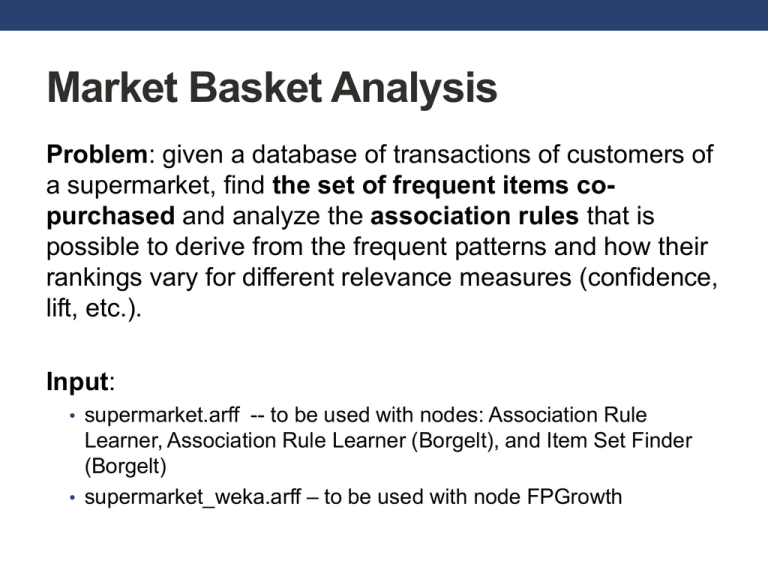
Market Basket Analysis Problem: given a database of transactions of customers of a supermarket, find the set of frequent items copurchased and analyze the association rules that is possible to derive from the frequent patterns and how their rankings vary for different relevance measures (confidence, lift, etc.). Input: • supermarket.arff -- to be used with nodes: Association Rule Learner, Association Rule Learner (Borgelt), and Item Set Finder (Borgelt) • supermarket_weka.arff – to be used with node FPGrowth Learning curve Problem: Show experimentally whether the following statement is true or false: • for a fixed test set of 1000 rows, the larger is the training set the more accurate is the classier. Input: census.arff Customer Segmentation Problem: given the dataset of RFM (Recency, Frequency and Monetary value) measurements of a set of customers of a supermarket, find a high-quality clustering using Kmeans and discuss the profile of each found cluster (in terms of the purchasing behavior of the customers of each cluster). Input: rfm.arff • Recency = no. of days since last purchase • Frequency = no. of distinct shopping days • Monetary = total amount spent in purchases
